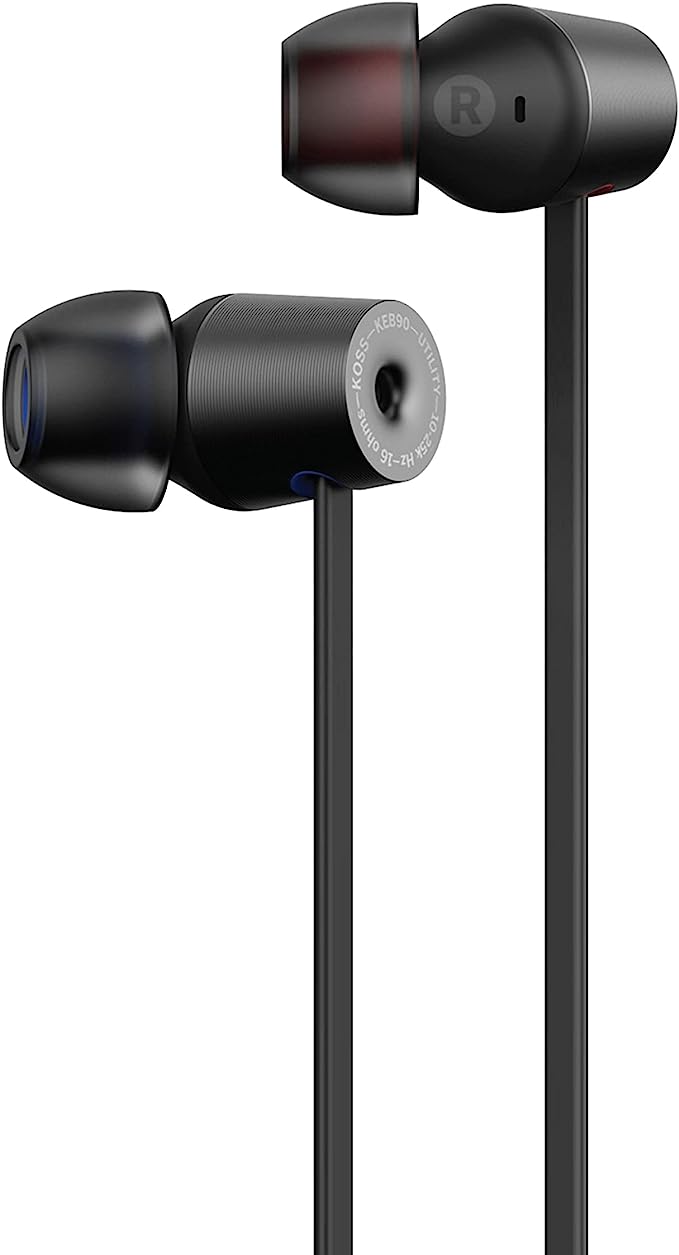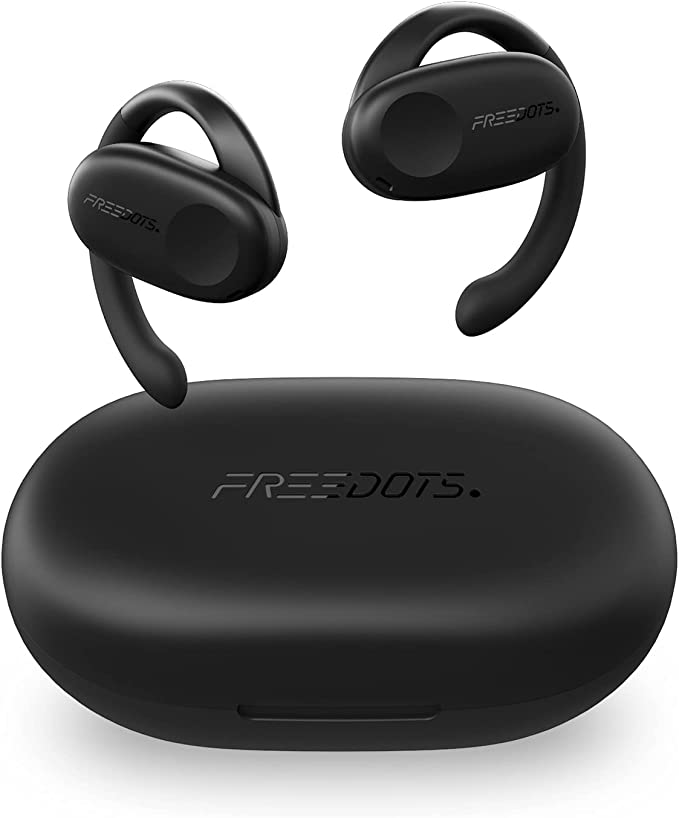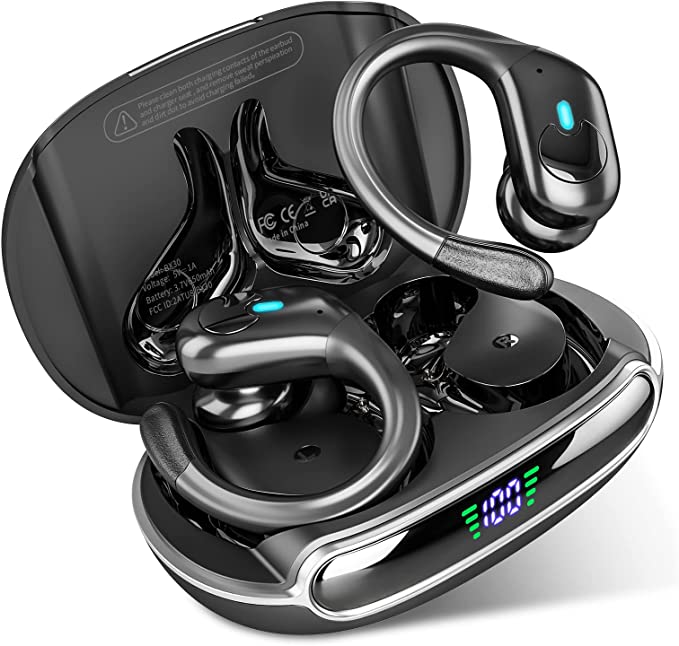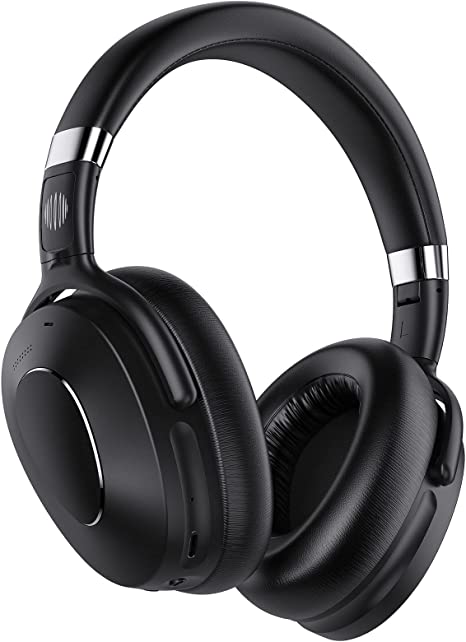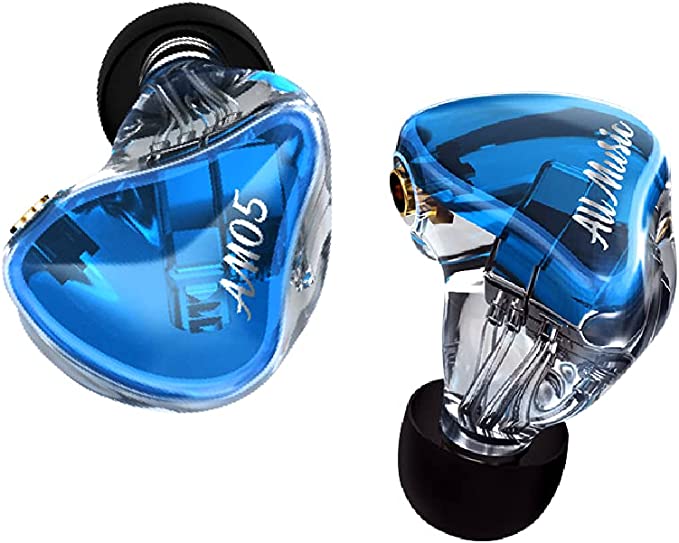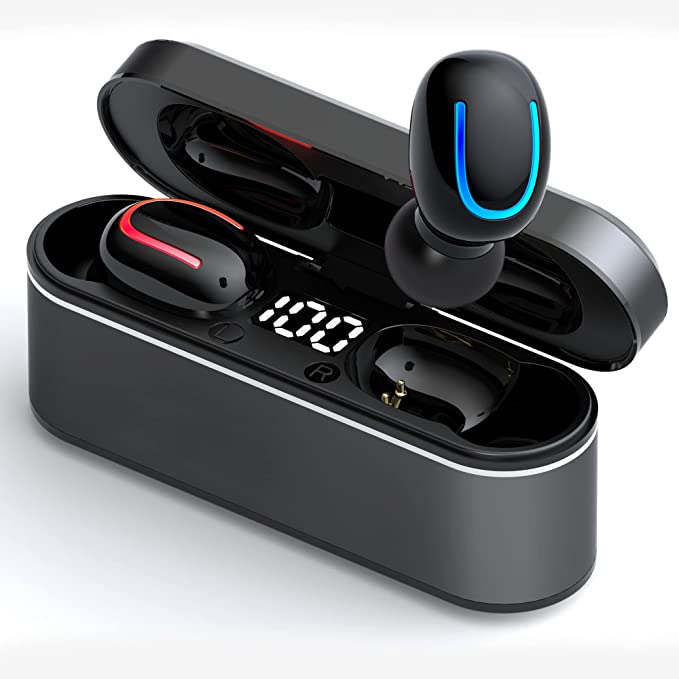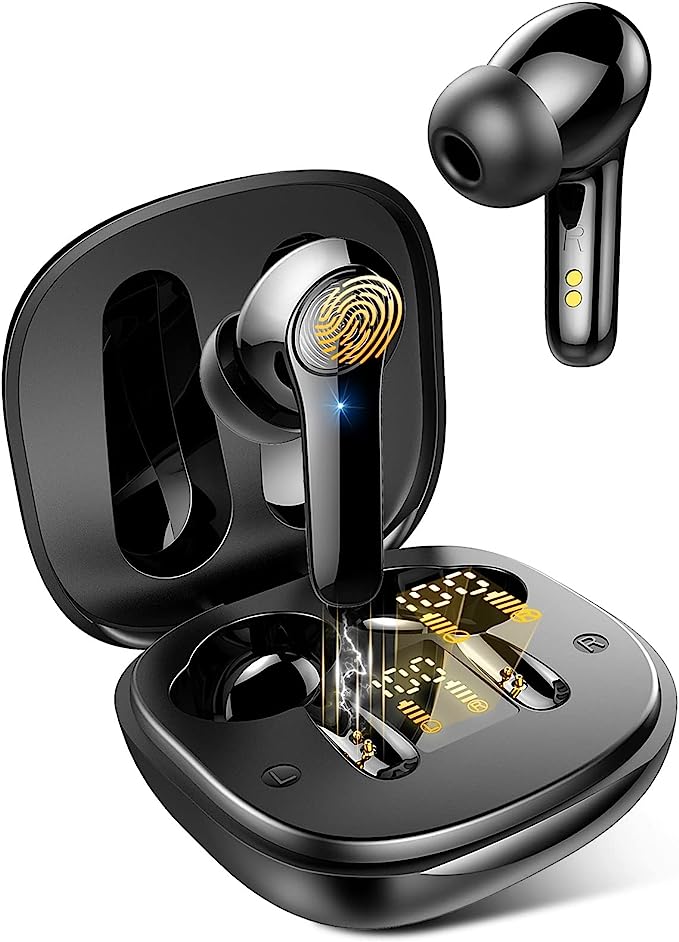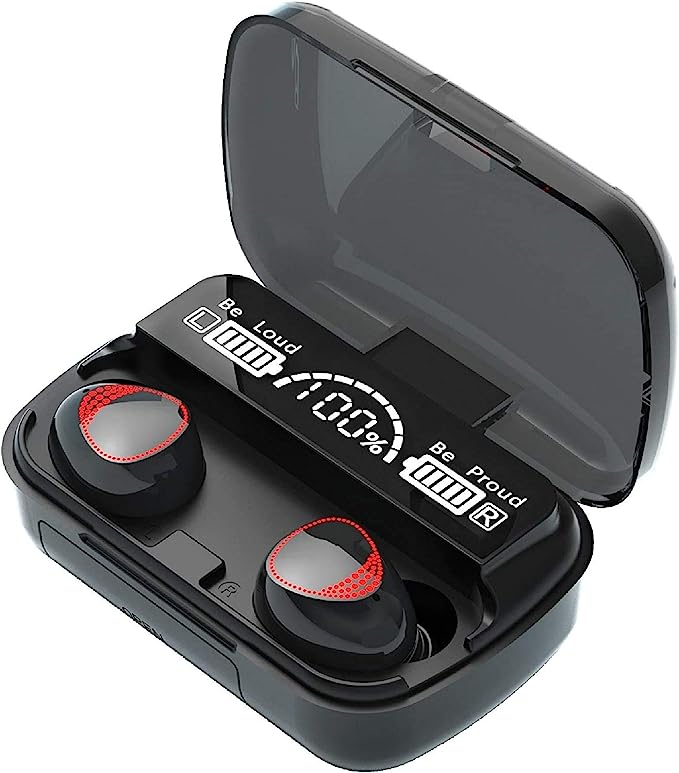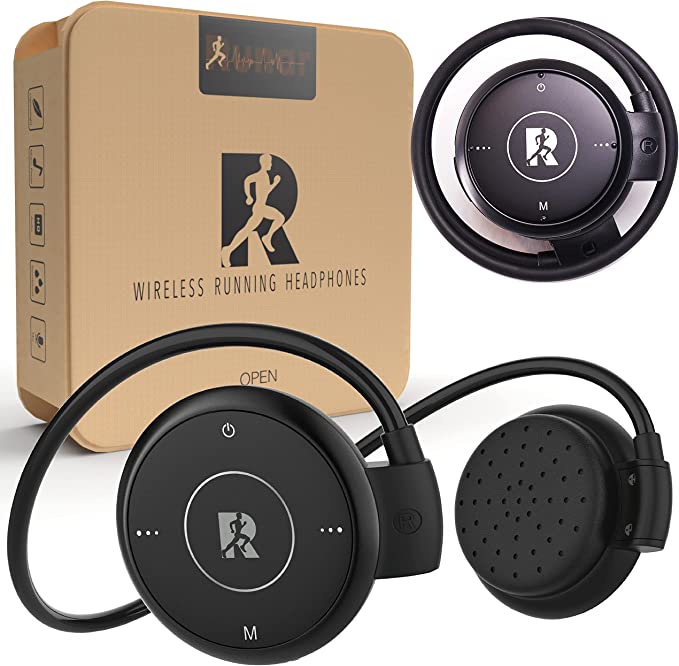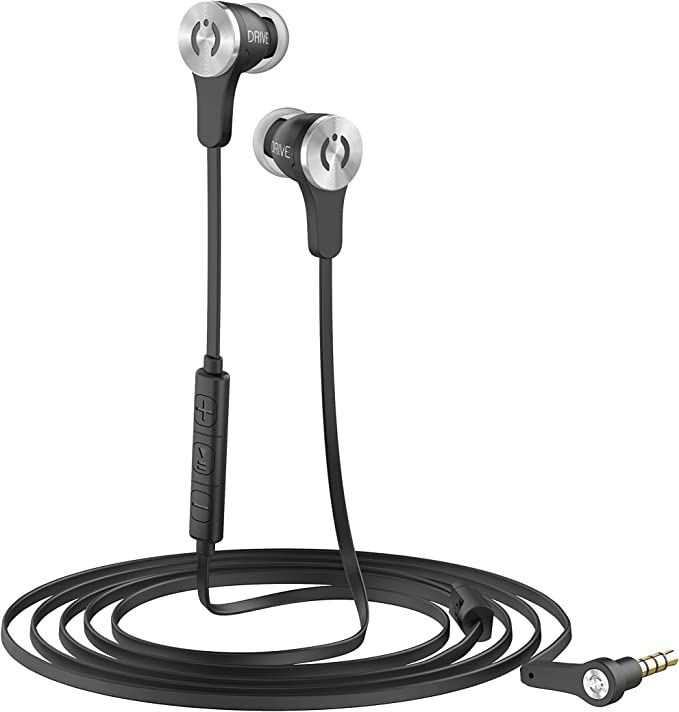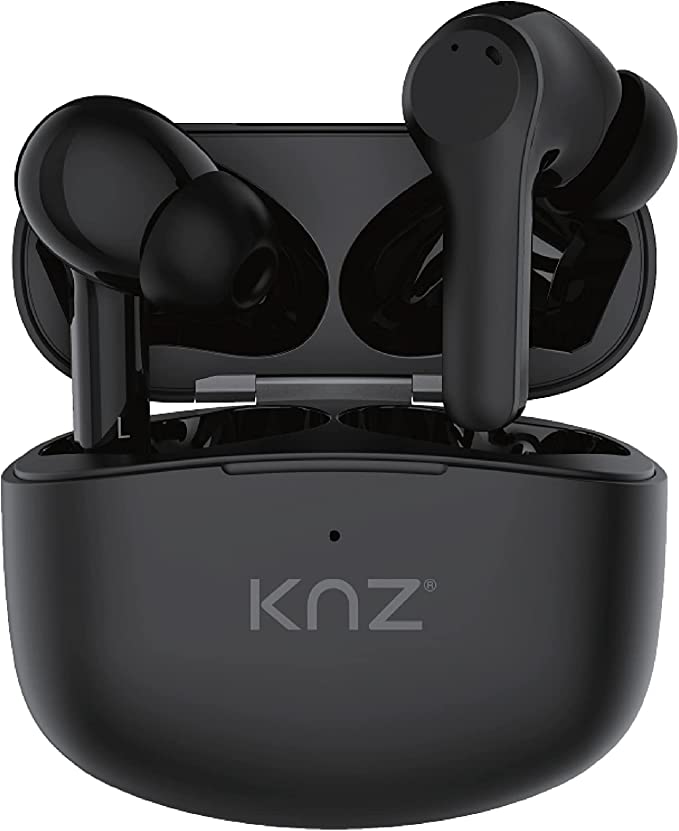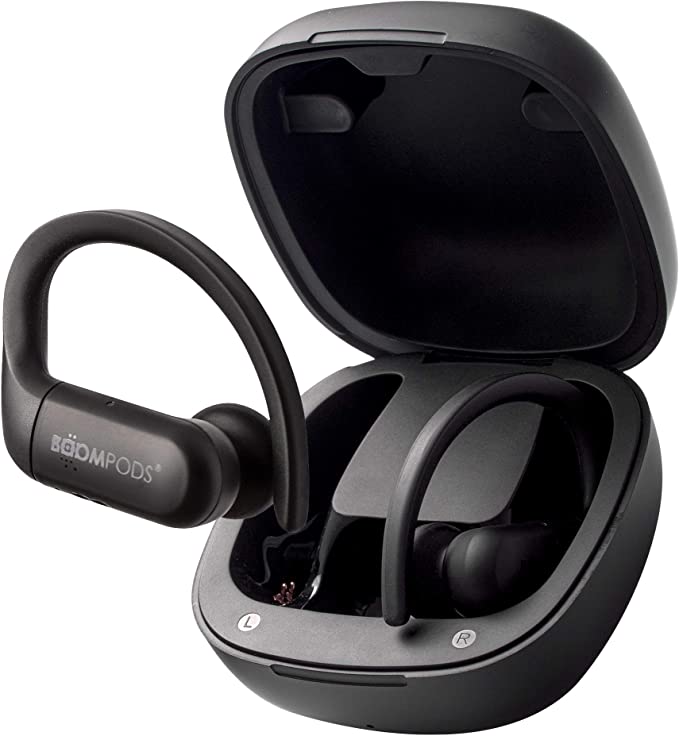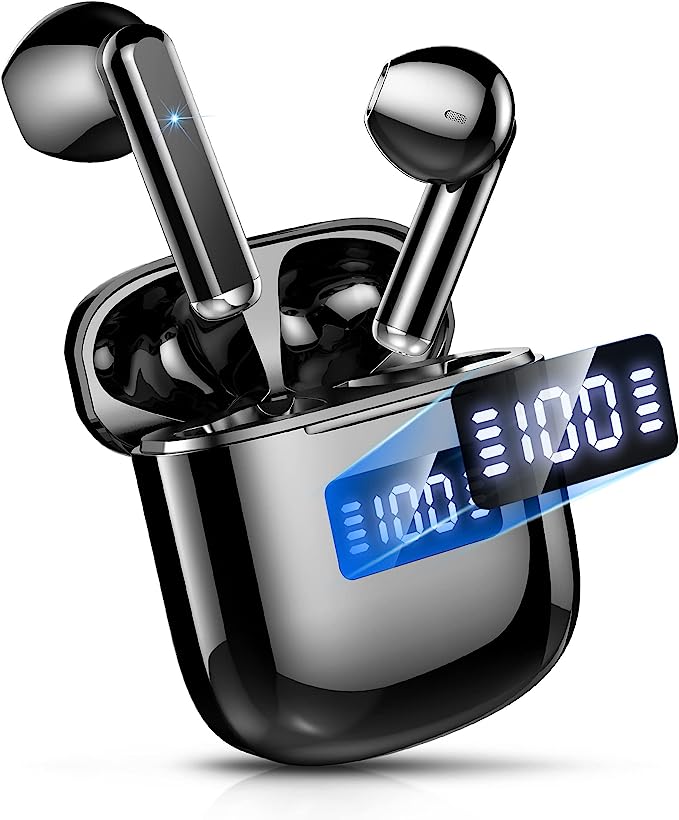Does a "Baby Care" Dishwasher Cycle Actually Sanitize? A Look at High-Temp Cleaning
Update on Oct. 26, 2025, 8:43 a.m.
If you’re a new parent, you know “the pile.” It’s the endless, daunting collection of bottles, pump parts, and pacifiers that magically reappears in your sink every few hours.
And with every wash, the anxiety creeps in. You scrub with that tiny brush, getting into every nook, but are they really clean? Is hot, soapy water enough? This anxiety often comes from not knowing the difference between “clean,” “sanitized,” and “sterilized.”
Many of us default to the “boil-everything” method, but the time and hassle are draining. This is why a feature popping up on new appliances—a “Baby Care” cycle—is so intriguing. But is it just a marketing gimmick, or a scientifically valid tool for parents?
Let’s look at the data.

The Daily Grind: Why Hand-Washing Bottles Feels So Risky
The core problem with hand-washing isn’t your soap or your scrubbing power—it’s the temperature.
Think about it: how hot can you really get your water? Most people find water above 110°F (43°C) uncomfortable, and water at 120°F (49°C) can cause burns in minutes. Unfortunately, 110°F is just “pleasantly warm” to most dangerous bacteria. It doesn’t come close to killing them.
You’re mechanically removing residue, but you’re not thermally sanitizing.
Sanitize vs. Sterilize: What’s the Difference?
These two words are often used interchangeably, but in public health, they mean very different things.
- Sterilize: This is the complete destruction of all microorganisms, including bacteria, viruses, fungi, and spores. The most common method is boiling water (212°F / 100°C) for at least 5 minutes, or using a steam sterilizer. This is the standard for medical equipment.
- Sanitize: This means lowering the number of germs on a surface to a safe level. It doesn’t kill everything, but it kills enough to prevent illness. For food-contact surfaces (like bottles), this is the official goal.
The Official Standards: What the CDC and NSF Say
So, what is that “safe level”?
The CDC (Centers for Disease Control and Prevention), for maximum safety, recommends sterilizing bottles daily (especially for infants under 3 months) by boiling or using a steam sterilizer.
However, the industry has a different standard for machines. The NSF (National Sanitation Foundation) has a certification for dishwashers (NSF/ANSI Standard 184). To get a “Sanitize” certification, a dishwasher’s final rinse must reach 150°F (65.5°C). This temperature is proven to kill 99.999% of common food-soil bacteria (a 5-log reduction).
This 150°F is our “gold standard” for machine sanitization.
So, How Hot Is a “Baby Care” Cycle?
This is where we look at the appliance specs. Many new countertop dishwashers are now advertising their “Baby Care” mode temperatures.
As a case study, the AIRMSEN TDQR03 portable dishwasher specifies that its “Baby Care” cycle reaches a high water temperature of 167°F (75°C).
Let’s compare our numbers: * Hand-Washing: ~110°F (43°C) * NSF “Sanitize” Standard: 150°F (65.5°C) * “Baby Care” Cycle Example: 167°F (75°C) * CDC “Sterilize” (Boiling): 212°F (100°C)
The Verdict: Is It Hot Enough for Your Baby Bottle?
Yes. It is more than hot enough to sanitize.
While it is not sterilizing (which requires boiling), a 167°F cycle does two crucial things:
1. It blows past the 150°F NSF standard for killing 99.999% of bacteria.
2. It maintains a temperature that is physically impossible to achieve with hand-washing.
This high-temperature rinse, combined with detergent, provides a level of hygiene that hand-washing simply cannot match. For the daily cleaning of bottles for a healthy, full-term baby, a “Baby Care” cycle that verifiably reaches these temperatures is a powerful and reliable tool.

A Final Check: What About the Plastic?
So the temperature is high enough to kill the germs. But heat brings up another big worry for parents: what about the plastic bottles themselves?
This is a valid concern. You must only put bottles in a dishwasher that are:
1. Labeled “Dishwasher Safe”: This means the plastic is designed to withstand high temperatures without warping or degrading. Most modern bottles are.
2. Placed on the Top Rack: The heating element is usually at the bottom, so the top rack is slightly cooler. (Note: In many countertop models, the rack is all one level, but the principle of keeping plastic away from the direct heating element still applies).
3. BPA-Free: This is a given for almost all baby products sold today, but always double-check.
If your bottles meet these criteria, a high-heat “Baby Care” cycle is one of the best tools you have for winning the war against “the pile” and getting a little peace of mind.



